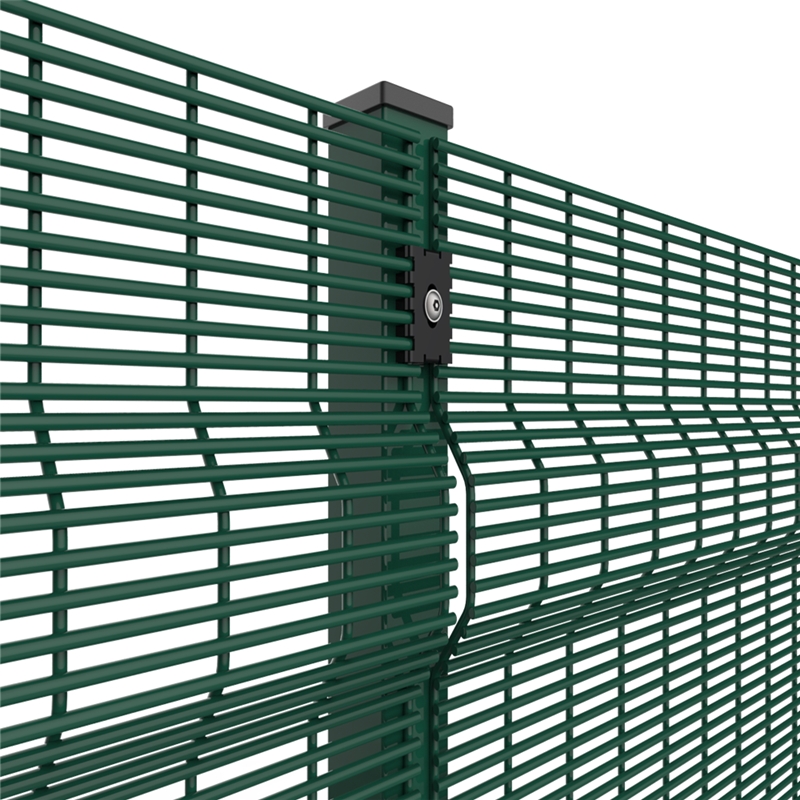Dec . 12, 2024 09:15 Back to list
fiberglass insect screen factory
The Rise of Fiberglass Insect Screen Factories
In recent years, the demand for effective insect screens has surged, and fiberglass has emerged as a top material choice for manufacturing these protective barriers. As urbanization continues, more people find themselves battling swarms of insects in their homes, particularly during warmer months. Consequently, the fiberglass insect screen factory has become a vital player in the market, providing homeowners with reliable solutions to a longstanding problem.
The Advantages of Fiberglass Screens
Fiberglass insect screens are preferred for several reasons. Firstly, they offer excellent visibility and airflow while effectively keeping out unwanted pests like mosquitoes, flies, and other insects. Unlike metal screens, fiberglass does not corrode, making it an ideal choice for homes in humid or coastal areas. The flexibility of fiberglass also enables it to withstand bending and denting, providing durability that lasts for years.
Moreover, fiberglass screens can be manufactured in various colors and weaves to suit different design preferences, making them not only functional but also aesthetically pleasing. Homeowners can select screens that blend seamlessly with their windows and doors, enhancing the overall look of their interiors while maintaining a bug-free environment.
The Manufacturing Process
The production of fiberglass insect screens involves several stages, starting from the sourcing of raw materials. High-quality fiberglass yarn is produced by melting the glass and extruding it into fine strands. These strands are then woven into mesh fabric, which forms the base for the screens. The weaving process can be adjusted to create various mesh sizes and densities, depending on the intended use of the screen.
Once the mesh is created, it is coated with a protective layer, usually PVC, which enhances its resistance to UV rays, temperature fluctuations, and general wear and tear. Afterward, the sheets of mesh are cut to size and installed into frames, which can be made from various materials, such as aluminum or vinyl. The final product is subjected to rigorous testing for quality assurance before being packaged and shipped to distributors or directly to consumers.
fiberglass insect screen factory

Environmental Considerations
As awareness about environmental sustainability grows, fiberglass insect screen factories are also adapting their practices to be more eco-friendly. Many manufacturers are focusing on reducing waste during production and recycling excess materials where possible. Some companies even implement green energy solutions, such as solar panels, to power their operations, aligning themselves with the modern consumer's values.
Furthermore, fiberglass screens themselves contribute to sustainability efforts. By allowing homeowners to keep their windows open without letting in bugs, these screens can reduce the need for artificial cooling systems, leading to lower energy consumption and minimized carbon footprints.
Market Trends and Future Prospects
The market for fiberglass insect screens is experiencing robust growth as more consumers recognize the benefits of these products. Additionally, trends in home design are favoring natural ventilation, which further boosts the demand for effective insect barriers. As more stringent building regulations around insect prevention take hold globally, the need for high-quality fiberglass screens is set to increase.
Moreover, innovations in materials and technology are likely to enhance the performance and longevity of these screens. New coatings can improve their durability and resistance to fading and wear, while advancements in manufacturing could lead to more efficient production processes that reduce costs for consumers.
Conclusion
In conclusion, fiberglass insect screen factories are playing a critical role in meeting the growing demand for effective pest control solutions. By combining durability, aesthetic appeal, and environmental sustainability, fiberglass screens are not only practical but also aligned with modern consumer preferences. As the industry evolves, we can expect continued innovation and adaptation, ensuring that homes around the world remain comfortable and pest-free for years to come.
-
Hop Dipped Galvanized/PVC Coated Temporary Fence - Anping County Xingzhi Metal Wiremesh Products Co., Ltd.|Temporary Fencing Solutions, Durable Security Products
NewsJul.30,2025
-
Hop Dipped Galvanized/PVC Coated Temporary Fence-Anping Xingzhi|Durability&Cost-Effective
NewsJul.30,2025
-
Hop-Dipped Galvanized PVC Fence - Anping Xingzhi | Durable, Quick Deployment
NewsJul.30,2025
-
Hop Dipped Galvanized/PVC Coated Temporary Fence - Anping County Xingzhi|Temporary Fencing, Durable Security, Customization
NewsJul.30,2025
-
Hop Dipped Galvanized PVC Coated Temporary Fences - Anping County Xingzhi|Durable Corrosion Resistance, Quick Installation
NewsJul.30,2025
-
Hop Dipped Galvanized / PVC Coated Temporary Fence - Anping County Xingzhi Metal Wiremesh Products Co., Ltd|Durable Temporary Fencing&Versatile Applications
NewsJul.30,2025



